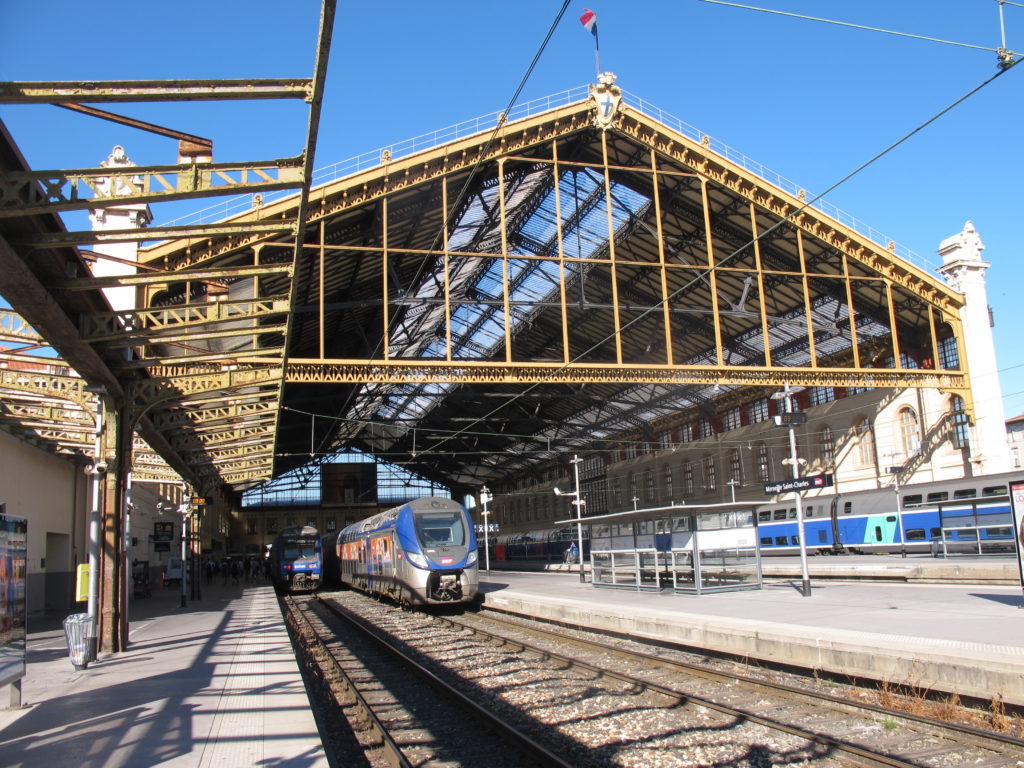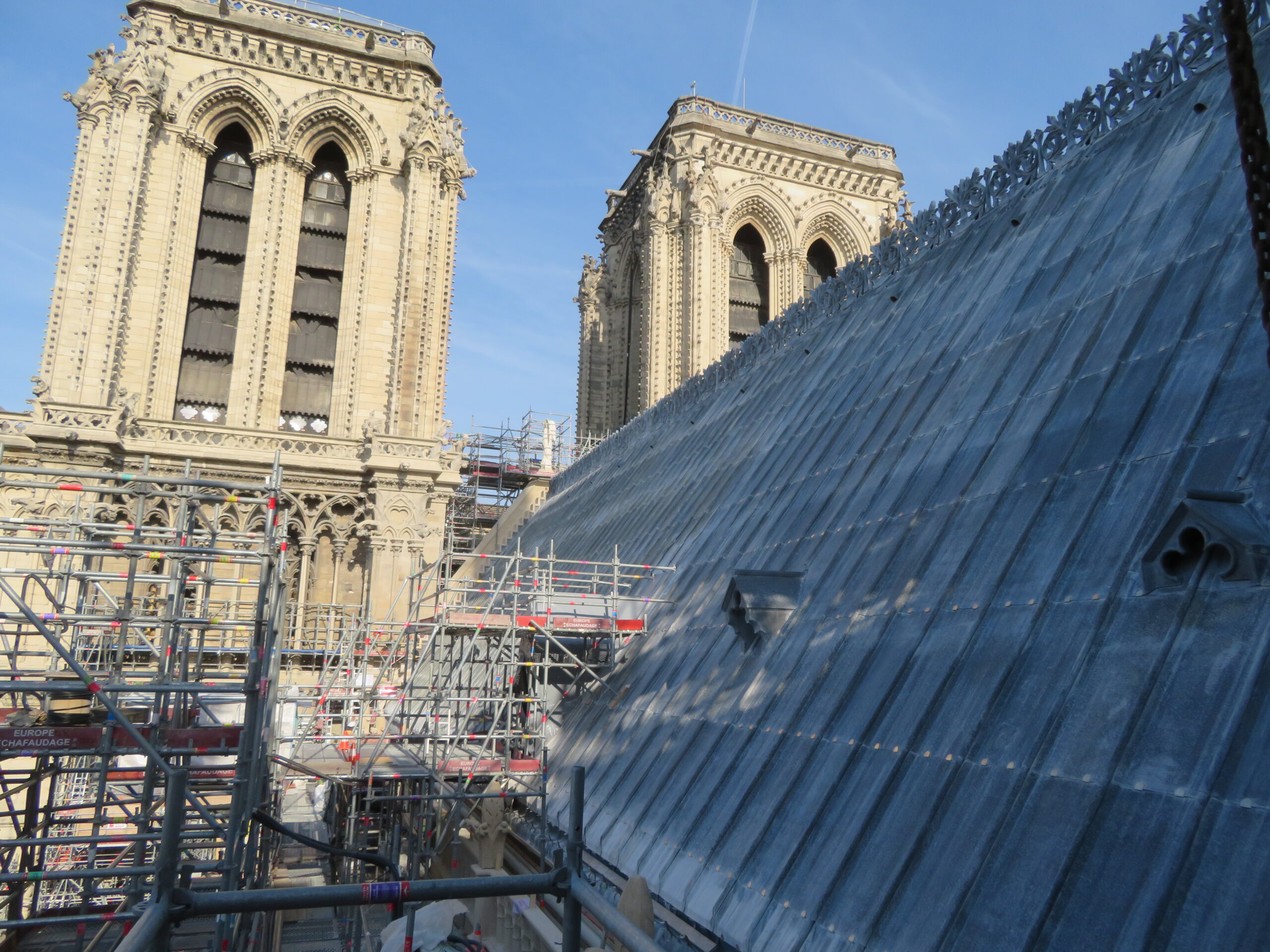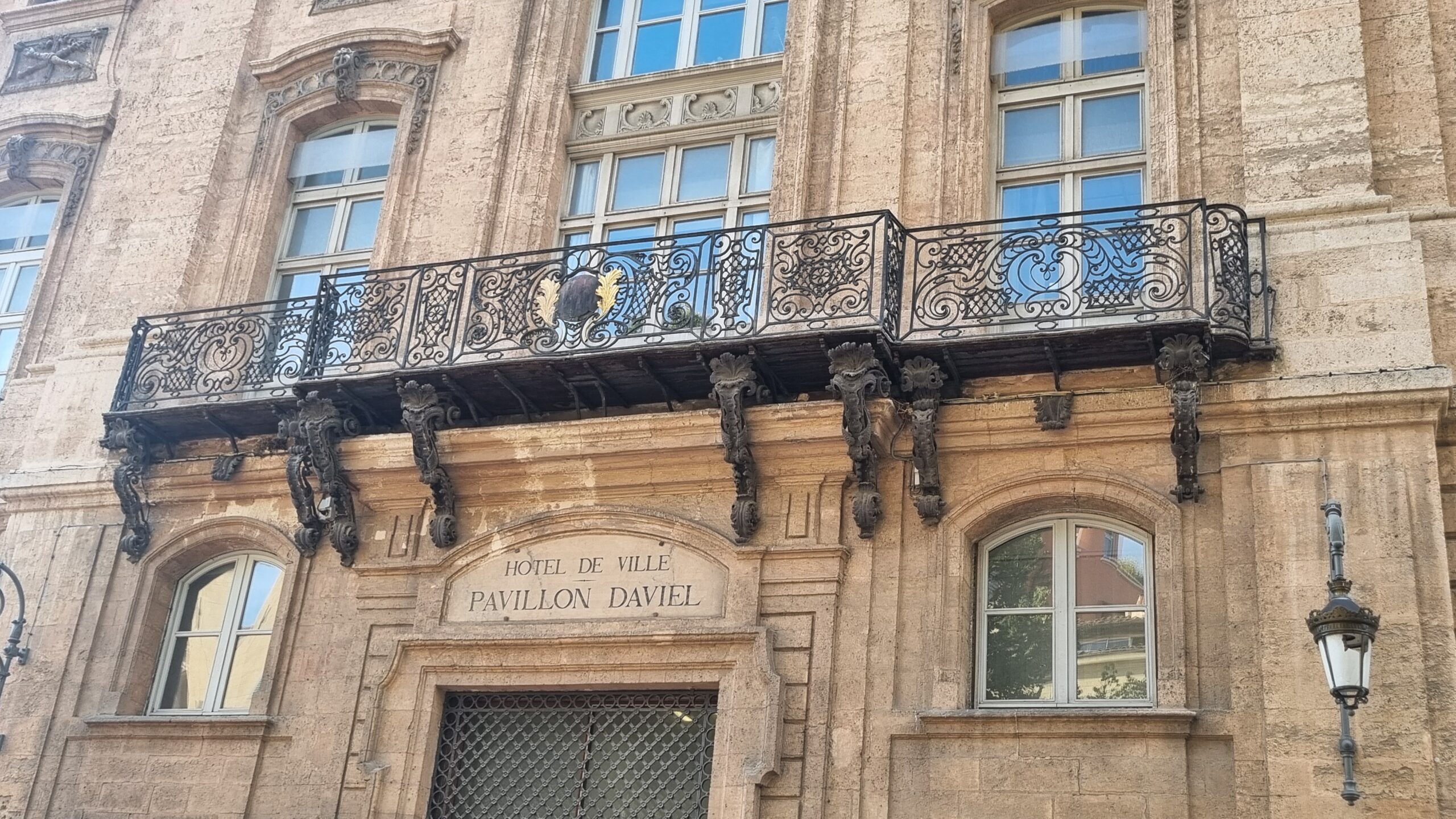Metal frame architecture


These buildings are numerous and frequently very crowded so they need to adapt to meet the current demands for use. That implies improving them, making them more secure, reinforcing them, restoring their original beauty by cleaning them… in a word: rehabilitating them.
This rehabilitation should not be haphazard. A multitude of factors must be taken into account to ensure the continuity of the legacies of the past.
Since 2007 A-CORROS has provided diagnostic assessments of historic monuments, offering customised inspections for every type of metal structure: frameworks, flooring, domes, kiosks, canopies and other decorative elements.
Prior to beginning any rehabilitation, we work together with the client to determine the nature and composition of the materials involved.

Metallographic and colorimetric study of the St Charles railway station train shed – Anticorrosion diagnostics for the coating on the metal frame of the train shed
On-site diagnostics and expertise
In the domain of historic monuments, A-CORROS has become over the years one of the key specialists in the characterisation and assessment of the weldability of puddle iron. Due to its longitudinal mechanical characteristics, its ease of use and reduced weight compared to cast iron–promoting workshop assembly- puddle iron became the ideal material for the construction of metal frame structures in the 19th century.
On-site, our interventions include :
- Extensive photographic and video documentation of the elements of the structure and any corrosion pathologies encountered.
- Non-destructive measurements residual thickness of the metal and coatings,
- Stratigraphic studies of organic coatings,
- Sampling of elements of assemblages for laboratory analysis.
Laboratory analysis
Following on-site diagnostics, and thanks to our network of partners like the LERM in Arles, measurements and analyses are conducted in the laboratory in order to determine the nature of the materials, mechanical characteristics and weldability.
- Microstructure and metallographic analyses : preparation of samples, polishing, chemical etching, examination with a binocular magnifying glass and by optical and scanning electron microscopy.
- Characterisation of metals : spark spectrometry, X-ray fluorescence, mechanical testing, weldability studies.
- Mechanical testing : tensile, fatigue and bending tests in collaboration with Insitut de Soudure Industrie (I.S.I) and ECCI.
- Synthesis report and recommendations integrating the conclusions of the study and the recommendations for active corrosion protection (cathodic protection) or passive (coatings).
Research
Based on experience gained from working on over fifty 19th century historic monuments, A-CORROS launched a research program in 2010 to improve our knowledge and understanding of puddle iron.







